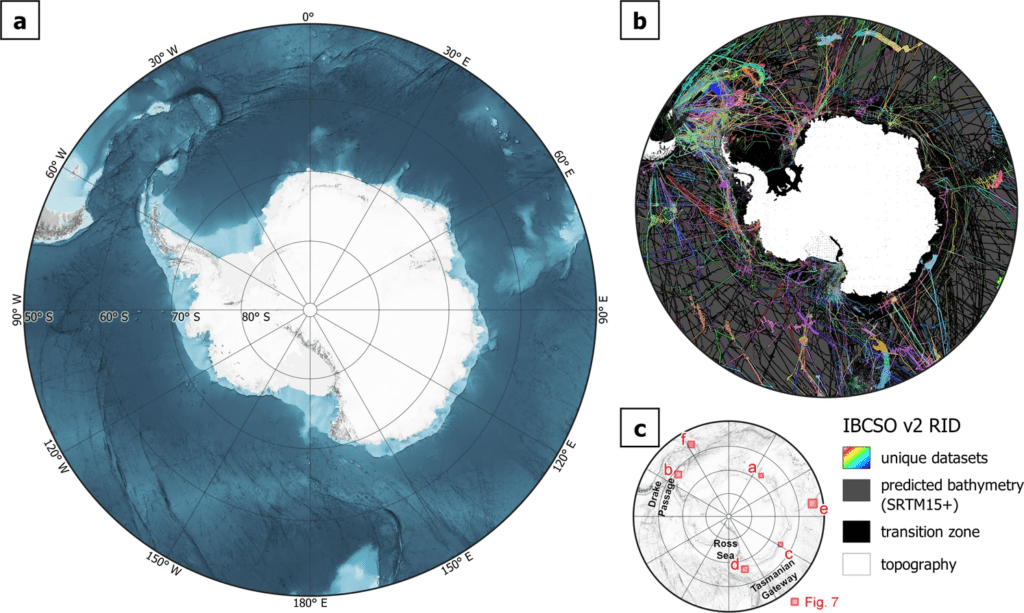The Southern Ocean is one of the most remote and harshest areas of the world, with severe weather conditions and extensive ice cover. Nevertheless, human activities are slowly creeping into this part of the world too. From research to fisheries, more and more human activity is being carried out around the Antarctic region. This has triggered a call from scientists to have more precise information on the area — and now we have it.

A group of scientists has unveiled the most precise map yet of mountains, plains, and canyons that form the floor of Antarctica’s Southern Ocean. The map covers 48 million square kilometers (185 million square miles) and details a new deepest point — a depression called the Factorian Deep located at 7,432 meters (24,383 feet) below sea level.
The International Bathymetric Chart of the Southern Ocean (IBCSO) took five years to be completed and updates a previous version of the map, which was published in 2013. The project as well as others around the world are filling in the gaps in our knowledge about the world’s ocean. But there’s still a long way to go and a lot to learn.
Mapping the Southern Ocean
Bathymetry is the measurement of the depth of water in rivers, lakes, and oceans. Bathymetric maps are similar to topographic maps, as they use lines to show the shape and elevation of land features. Echo sounders from ships are used to make measurements, sending a pulse to the ocean floor that then bounces back.
The new map is a bathymetric map, covering all the Southern Ocean floor poleward of 50 degrees South. If the map’s 48 million square kilometers are divided into 500 meters grid squares, 23% of these cells now have at least one depth measurement. This is a big improvement from the first map, which began at 60 degrees South.
“You have to realize just what the change from 60 degrees to 50 degrees means; we’ve more than doubled the area of the chart,” Boris Dorschel from Germany’s Alfred Wegener Institute, one of the researchers involved in the map project, told BBC. “We’ve increased the area coverage, but we’ve also increased the data density.”
The information in the map largely comes from ice-strengthened ships that support research efforts in Antarctica, such as the UK’s RRS James Clark Ross. Their echo sounders routinely survey the submerged land below. This information is processed by research organizations from different countries, working together on mapping projects.
Better maps of the seafloor are largely in need. They are essential for safe navigation, obviously, but also for conservation and fisheries management, as marine wildlife concentrates in the underwater mountains. Also, the seafloor influences the behavior of ocean currents. This is data we need to improve models that forecast climate change.
And there’s still a long way to go, the researchers argue. What we know from the planet’s underwater terrain largely comes from low-resolution satellite measurements that have infrared the presence of tall seamounts and deep valleys from the gravitational influence these have on the sea surface. So this is really just the start.
The International Bathymetric Chart of the Southern Ocean is published in the journal Scientific Data.









